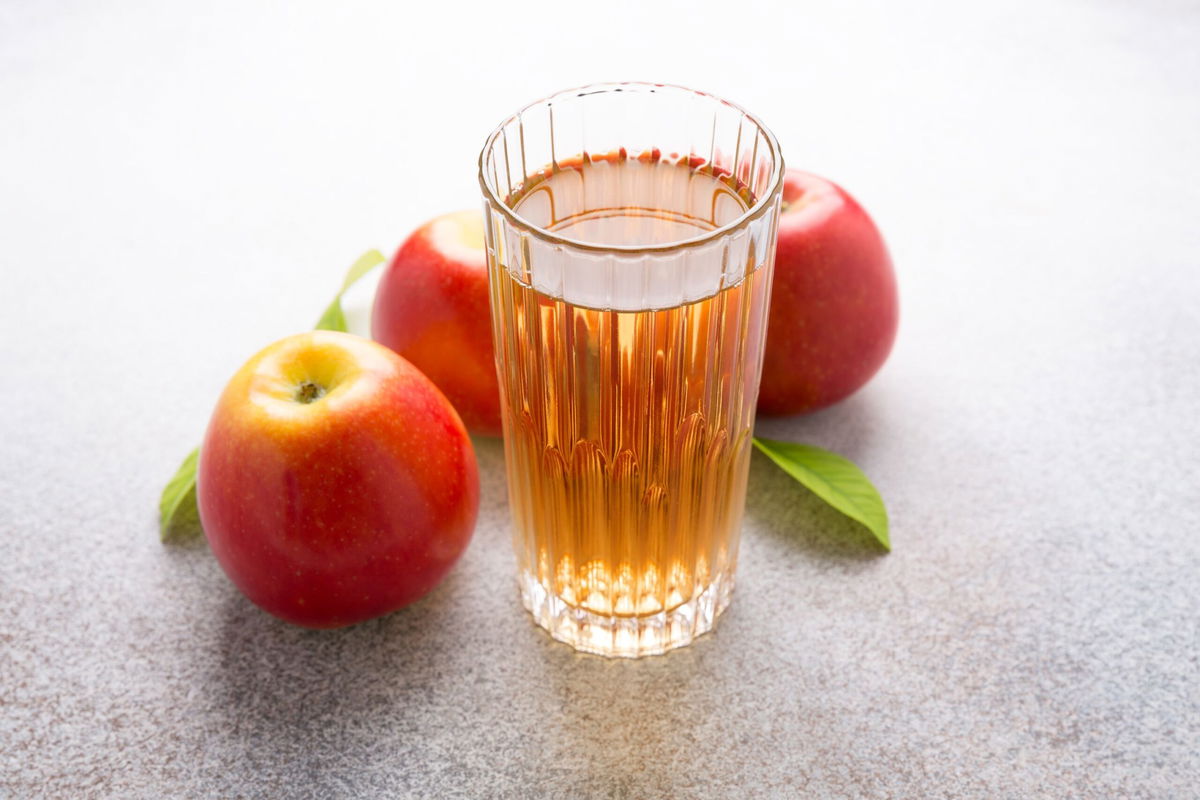FDA finalizes limit on how much arsenic can be in apple juice

Brian Ronholm
By Madeline Holcombe, CNN
(CNN) — The US Food and Drug Administration has finalized guidance on the maximum amount of inorganic arsenic that can be in apple juice.
The announcement that came Thursday reconfirmed the level at 10 parts per billion that the agency first proposed in 2013. The goal of the guidance is to reduce the exposure of babies and young children to environmental contaminants through food, the FDA said.
Arsenic naturally occurs in the environment. The element combines with other materials to create one of two forms: organic and inorganic, according to the US Centers for Disease Control and Prevention.
Organic arsenic compounds mainly appear in fish and shellfish. Exposure to this form of arsenic is not known to be harmful to humans, the CDC said. Inorganic compounds are found in soil, sediments and groundwater and were previously used for pest control and paint color.
The limit is not a requirement for manufacturers. The agency will continue to test samples for arsenic, and if samples continue to show higher levels, the FDA will consider the limit “in addition to other factors” when deciding whether to take action against a company.
But the FDA said it hopes to encourage manufacturers to continue lowering arsenic amounts.
Recently, some apple juice samples have tested below 3 ppb and 5 ppb, but some continue to remain above 10 ppb.
“Therefore, we are finalizing an action level of 10 ppb because we consider this level achievable with the use of good manufacturing practices,” the FDA added.
This is not the final say, however.
“As lower arsenic levels are more protective of public health, we expect to revisit this action level as part of the FDA’s Closer to Zero action plan,” the FDA said.
Is it low enough?
Consumer Reports contends that the announcement will have little actual impact on public health — especially as many manufacturers already meet the level of 10 ppb or less.
A 2018 Consumer Reports test of 45 popular fruit juices showed that nearly half contained elevated levels of cadmium, inorganic arsenic and/or lead, according to a statement from the nonprofit.
“All but one of the juices in CR’s tests had inorganic arsenic levels below the FDA’s 10 ppb limit, and 58 percent had levels below CR’s recommended cutoff of 3 ppb,” an emailed statement from Consumer Reports noted.
The current science shows that the limit of arsenic in apple juice should be below 10 ppb and that the number should instead be set at 3 ppb, Brian Ronholm, director of food policy for Consumer Reports, said in the email release.
And the problem extends beyond apple juice, Ronholm said.
The good news is that Consumer Reports’ tests also found that it is possible for manufacturers to reduce the arsenic in their juices drastically, he added.
Although he argues the agency is not doing enough, Ronholm does support the FDA setting limits on arsenic levels — especially when it comes to baby food and juices.
“It is encouraging that the FDA has recently undertaken a renewed focus on addressing food chemicals and heavy metals,” he said. “Hopefully, the FDA will continue to focus on these issues and monitor and take action if they find troubling levels of inorganic arsenic in apple juice.”
The-CNN-Wire
™ & © 2023 Cable News Network, Inc., a Warner Bros. Discovery Company. All rights reserved.